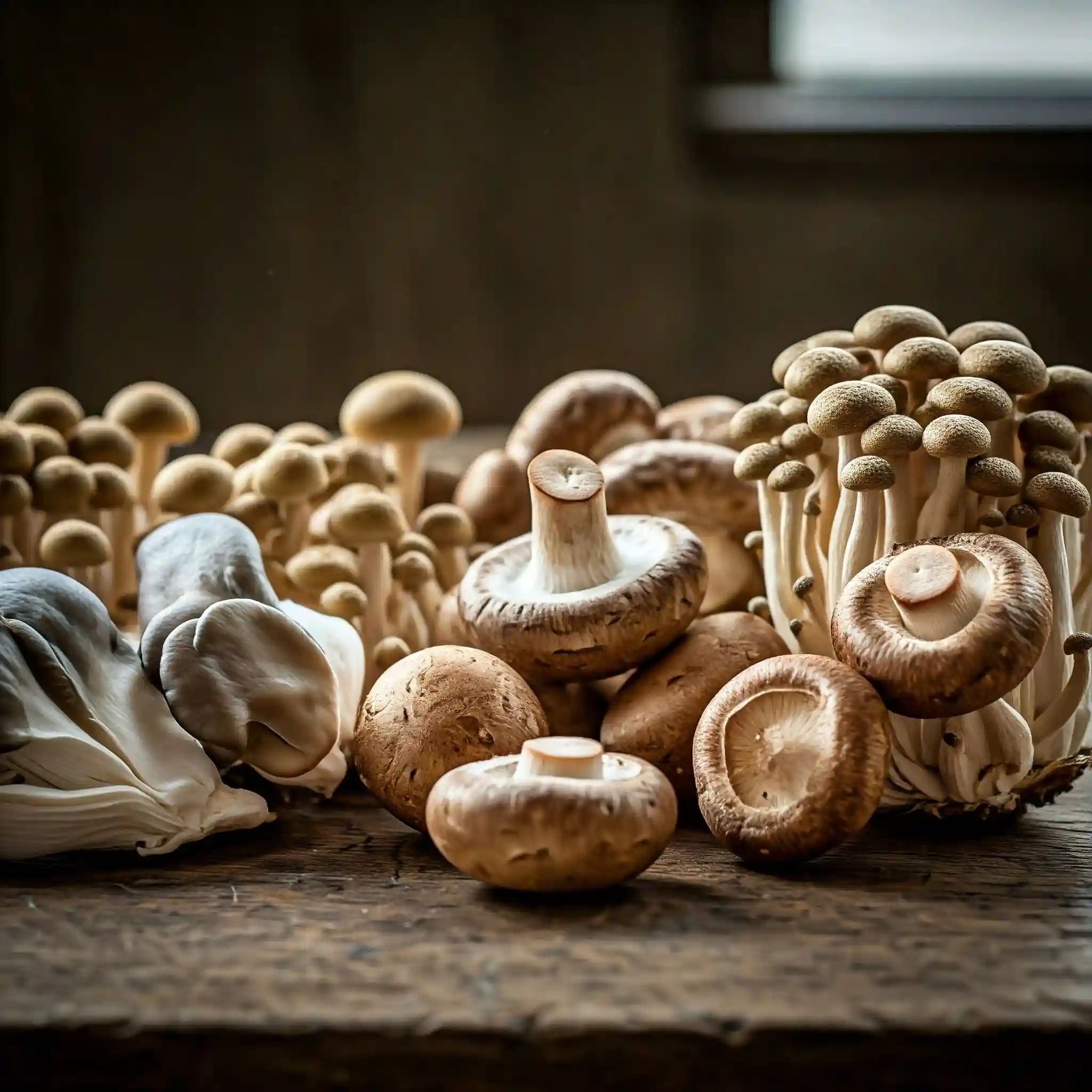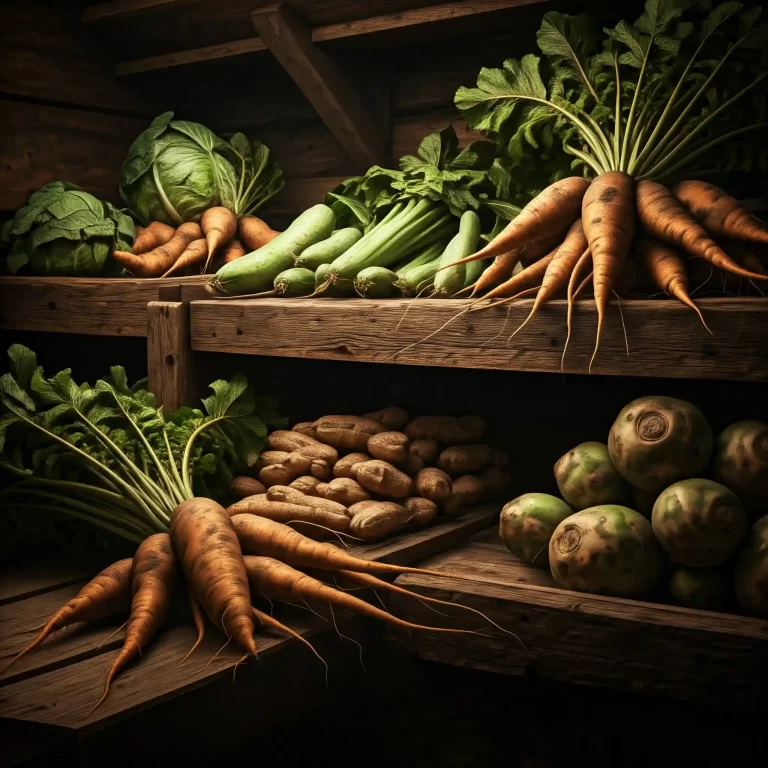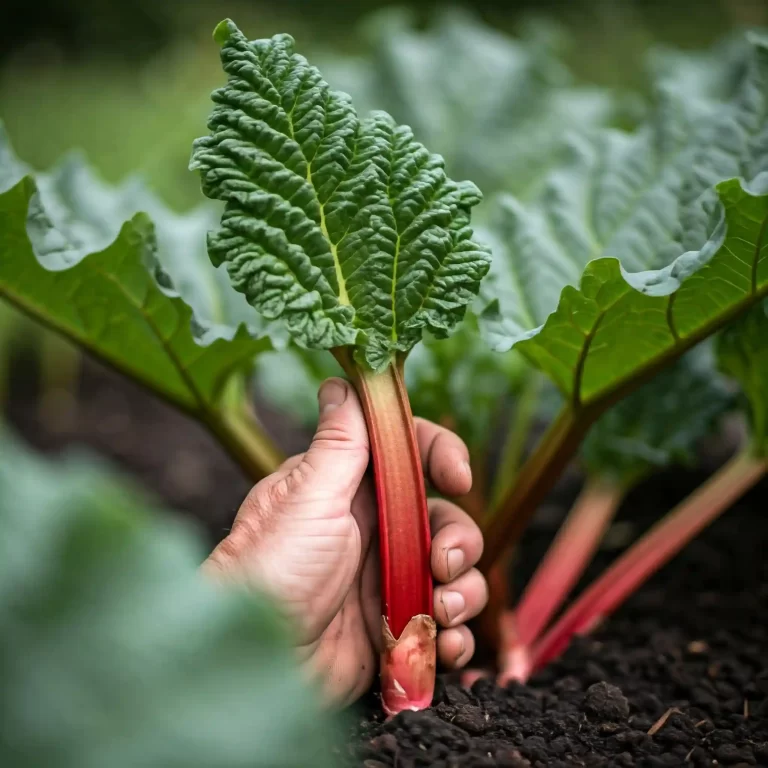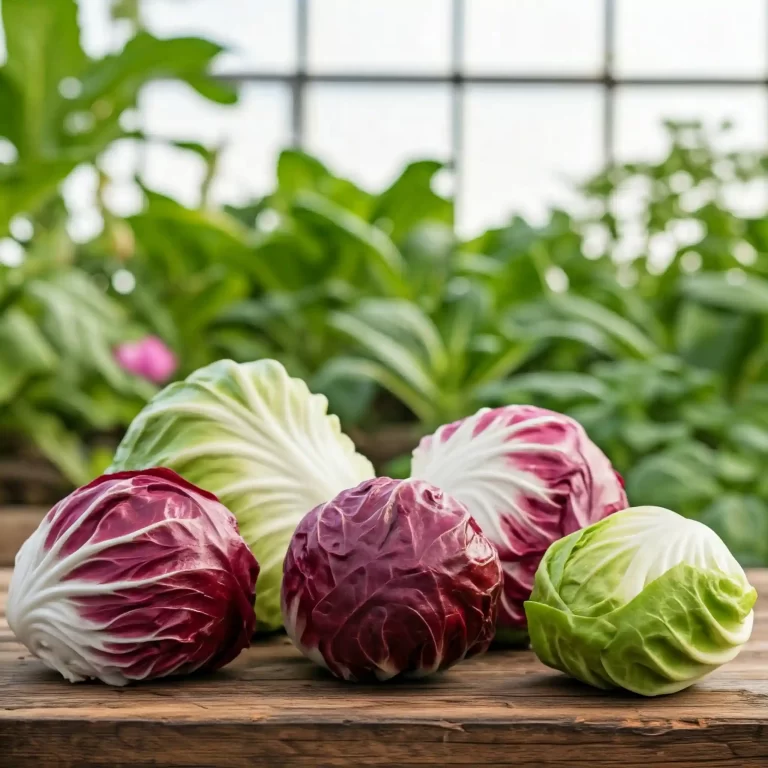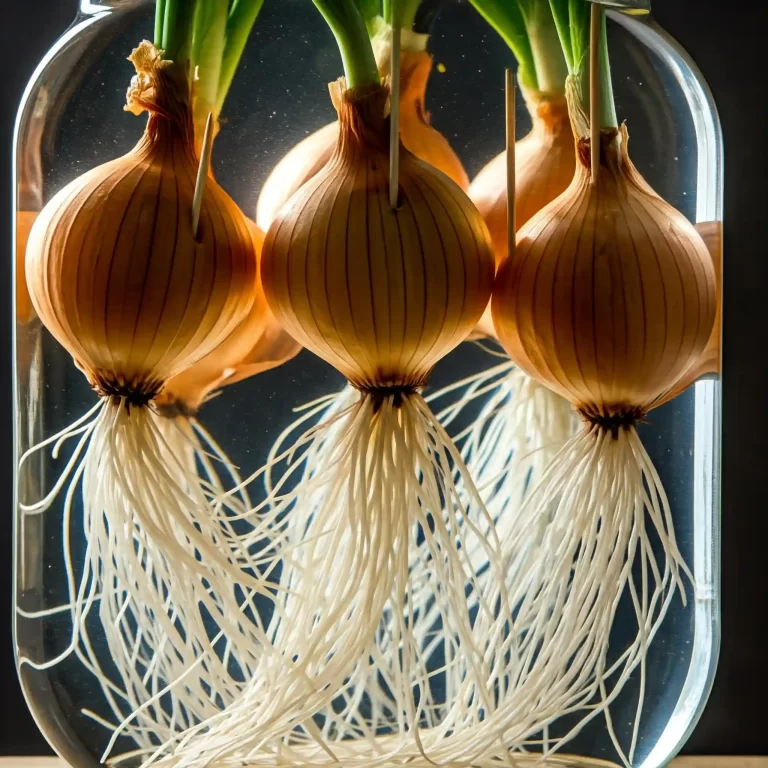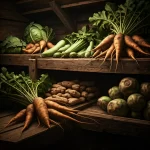Are you tired of relying on store-bought mushrooms, often packaged in plastic and lacking that fresh, earthy flavor? Do you dream of harvesting your own delicious fungi right from your home? You’re not alone. Many people, just like you, are discovering the joys of home mushroom cultivation. But the thought of growing mushrooms can seem daunting. Where do you even start? What are all these strange terms like “mycelium” and “inoculation”? It can feel overwhelming, I know. But I’m here to tell you it doesn’t have to be. Growing mushrooms, while a bit different than tending to your typical vegetable garden, is surprisingly accessible, even for beginners. In this guide, I’ll walk you through 10 simple steps to successfully grow mushrooms at home, treating them like the versatile “vegetables” they often are in our kitchens.
Understand the Basics of How to Grow Mushrooms (Like Vegetables)
Let’s clear something up right away: mushrooms aren’t vegetables. They belong to the kingdom of Fungi, a distinct biological kingdom separate from plants and animals. However, in culinary contexts and everyday language, we frequently use mushrooms in similar ways to vegetables. We sauté them, grill them, add them to soups and stews, and enjoy their unique textures and flavors in countless dishes. This “vegetable-like” usage is why many beginners search for information on growing them alongside their other garden produce.
What are Mushrooms, Exactly?
Mushrooms are the fruiting bodies of certain types of fungi. Think of an apple on a tree; the apple is the fruit, while the tree itself is the larger organism. Similarly, the mushroom is the “fruit” of the fungus, while the main body of the fungus is a network of fine, thread-like structures called mycelium. This mycelium lives within a growing medium, which we call a substrate. Understanding mycelium is key to successful mushroom cultivation.
Mycelium is the vegetative part of a fungus, consisting of a mass of branching, thread-like hyphae. It’s the engine behind mushroom growth. It absorbs nutrients from the substrate and, under the right conditions, produces the mushrooms we harvest.
Why Grow Mushrooms at Home?
There are many compelling reasons to start growing your own mushrooms:
- Freshness and Flavor: Homegrown mushrooms are undeniably fresher and more flavorful than store-bought ones. You’ll notice a significant difference in taste.
- Cost Savings: Over time, growing your own mushrooms can save you money, especially if you consume them regularly.
- Sustainability: Growing your own food, even fungi, is a step toward a more sustainable lifestyle. You reduce your reliance on industrial agriculture and minimize food miles.
- Educational and Rewarding: The process of cultivating mushrooms is fascinating and rewarding. You’ll gain a deeper understanding of these unique organisms and the natural world.
- Control over Ingredients: You control every aspect of the growing process, ensuring your mushrooms are free from unwanted chemicals or pesticides.
Mushroom Nutrition
Mushrooms are not only delicious but also nutritious. They are a good source of:
- B vitamins: Important for energy production and nerve function.
- Vitamin D: Essential for bone health and immune function.
- Minerals: Such as selenium, potassium, and copper.
- Antioxidants: Compounds that protect cells from damage.
- Fiber: Important for digestive health.
Mushroom Terminology
Here are some key terms you’ll encounter in your mushroom growing journey:
- Spawn: Grain or other material inoculated with mushroom mycelium, used to start new cultures.
- Substrate: The material that the mycelium grows on, providing nutrients.
- Inoculation: The process of introducing spawn to the substrate.
- Fruiting: The stage when mushrooms begin to form.
- Pinning: The first appearance of tiny mushroom “pins” that will develop into mature mushrooms.
- Flush: A cycle of mushroom production from a single inoculation.
Understanding these basics will set you up for success in your mushroom growing endeavors. In the next section, we’ll dive into selecting the right mushroom variety for you.
Choose the Right Mushroom Variety for Your Home Garden
Choosing the right mushroom variety is a crucial first step in your growing journey. Just like with vegetables, different mushroom species have different needs and preferences. Some are easier to grow than others, making them perfect for beginners like you. Here are a few popular and relatively easy-to-cultivate varieties:
Oyster Mushrooms (Pleurotus ostreatus):
Oyster mushrooms are a great choice for beginners due to their aggressive growth and adaptability. They can be grown on a wide range of substrates, including straw, wood chips, and even coffee grounds. They are also relatively fast growers, often producing their first flush within a few weeks. I’ve personally had great success growing oyster mushrooms in buckets filled with straw, and I found them incredibly rewarding to cultivate.
- Ease of Growth: Very easy
- Substrates: Straw, wood chips, coffee grounds, paper
- Flavor: Mild, slightly sweet
- Growing Conditions: Tolerant of a wide range of temperatures and humidity levels
Shiitake Mushrooms (Lentinula edodes):
Shiitake mushrooms are prized for their rich, savory flavor and meaty texture. They are traditionally grown on hardwood logs, but they can also be cultivated on supplemented sawdust. While they take a bit longer to fruit than oyster mushrooms, the flavor payoff is well worth the wait. In my experience, growing shiitake on logs is a fantastic long-term project that yields multiple harvests over several years.
- Ease of Growth: Moderate
- Substrates: Hardwood logs, supplemented sawdust
- Flavor: Rich, savory, umami
- Growing Conditions: Prefer cooler temperatures and higher humidity
Button Mushrooms (Agaricus bisporus):
Button mushrooms are the most common type of mushroom found in grocery stores. While they can be a bit more challenging to grow at home than oyster or shiitake mushrooms, they are still within reach for beginner growers. They require a specific composted substrate and careful control of temperature and humidity. I remember my first attempt at growing button mushrooms; it taught me the importance of precise environmental control in mushroom cultivation.
- Ease of Growth: Moderate to difficult
- Substrates: Composted horse manure, composted straw
- Flavor: Mild, earthy
- Growing Conditions: Require specific compost and controlled environment
Cremini Mushrooms (Agaricus bisporus):
Cremini mushrooms are essentially a younger version of portobello mushrooms. They have a similar flavor to button mushrooms but with a slightly firmer texture. They are grown under the same conditions as button mushrooms.
- Ease of Growth: Moderate to difficult
- Substrates: Composted horse manure, composted straw
- Flavor: Earthy, slightly more intense than button mushrooms
- Growing Conditions: Require specific compost and controlled environment
Choosing the Right Variety for You
When choosing a mushroom variety, consider the following factors:
- Your experience level: If you’re a beginner, start with oyster mushrooms.
- Your growing environment: Do you have a basement, a garden, or a balcony?
- Your preferred flavor: Do you prefer mild or strong flavors?
- Your available resources: Do you have access to logs, straw, or other substrates?
Here’s a quick comparison table to help you decide:
| Mushroom Variety | Ease of Growth | Substrate Options | Flavor Profile |
| Oyster | Very Easy | Straw, Wood Chips, Coffee Grounds | Mild, Slightly Sweet |
| Shiitake | Moderate | Hardwood Logs, Sawdust | Rich, Savory |
| Button/Cremini | Moderate to Difficult | Compost | Mild to Earthy |
Select Your Growing Medium: From Straw to Coffee Grounds
The growing medium, or substrate, is the material that your mushroom mycelium will colonize and draw nutrients from. Choosing the right substrate is essential for successful mushroom cultivation. Here are some popular options:
Straw:
Straw is a readily available and inexpensive substrate that works well for growing oyster mushrooms. It’s important to pasteurize the straw before use to kill any competing organisms. This can be done by soaking the straw in hot water for several hours. I’ve found that using a large container and a thermometer to monitor the water temperature is the most effective way to pasteurize straw at home.
- Pros: Inexpensive, readily available, good for oyster mushrooms
- Cons: Requires pasteurization, can be bulky
Wood Chips:
Wood chips, particularly hardwood chips, are a good substrate for growing shiitake mushrooms. They can be used fresh or aged, but it’s important to avoid using wood chips from treated lumber. I recommend sourcing your wood chips from a local arborist or tree trimming service to ensure they are untreated.
- Pros: Good for shiitake mushrooms, can be used for long-term cultivation
- Cons: Can be more expensive than straw, requires proper sourcing
Sawdust:
Sawdust, especially supplemented sawdust, is a versatile substrate that can be used for growing a variety of mushrooms, including shiitake and oyster mushrooms. Supplemented sawdust is sawdust that has been enriched with nutrients like bran or gypsum. I’ve found that supplementing sawdust can significantly increase mushroom yields.
- Pros: Versatile, can be supplemented for increased yields
- Cons: Can be dusty, requires proper hydration
Coffee Grounds:
Coffee grounds are a readily available waste product that can be used as a substrate for growing oyster mushrooms. They are already partially pasteurized by the brewing process, making them a convenient option for beginners. I’ve successfully grown oyster mushrooms in a mix of coffee grounds and straw, and I was amazed at how well they thrived.
- Pros: Readily available, inexpensive, partially pasteurized
- Cons: Can be acidic, best used in combination with other substrates
Coco Coir:
Coco coir, a byproduct of coconut processing, is a lightweight and absorbent substrate that can be used for growing a variety of mushrooms. It’s important to hydrate the coco coir properly before use, as it can be quite dry. I’ve found that mixing coco coir with vermiculite can create an ideal growing medium for many mushroom species.
- Pros: Lightweight, absorbent, good for a variety of mushrooms
- Cons: Requires hydration, may need to be mixed with other substrates
Choosing the Right Substrate for You
When choosing a substrate, consider the following factors:
- The type of mushroom you are growing: Different mushrooms prefer different substrates.
- Your available resources: Do you have easy access to straw, wood chips, or coffee grounds?
- Your growing environment: Some substrates are better suited for indoor or outdoor growing.
- Your budget: Some substrates are more expensive than others.
Prepare Your Growing Area: Indoor vs. Outdoor Mushroom Growing
Now that you’ve chosen your mushroom variety and substrate, it’s time to prepare your growing area. Mushrooms can be grown both indoors and outdoors, but each method has its own advantages and disadvantages.
Indoor Growing:
Growing mushrooms indoors offers greater control over environmental conditions, such as temperature, humidity, and light. This makes it a good option for beginners, as you can create an ideal environment for your mushrooms to thrive.
Ideal Indoor Growing Locations:
- Basements: Basements are often cool, dark, and humid, making them ideal for mushroom cultivation.
- Closets: A spare closet can be easily converted into a small-scale mushroom growing area.
- Grow Tents: Grow tents are designed specifically for indoor growing and provide excellent control over environmental conditions.
Key Factors for Indoor Growing:
- Temperature: Maintain the ideal temperature range for your chosen mushroom variety.
- Humidity: Mushrooms require high humidity to thrive. Use a humidifier or spray bottle to maintain adequate humidity levels.
- Light: Mushrooms don’t require light for growth, but a small amount of ambient light can be beneficial.
- Ventilation: Good ventilation is essential to prevent the buildup of carbon dioxide and other gases.
Outdoor Growing:
Growing mushrooms outdoors is a more natural approach, but it offers less control over environmental conditions. This method is best suited for mushroom varieties that prefer cooler temperatures and higher humidity, such as shiitake mushrooms.
Ideal Outdoor Growing Locations:
- Shady areas: Choose a location that is protected from direct sunlight.
- Wooded areas: Wooded areas provide a natural environment for mushroom growth.
- Areas with high humidity: Areas near streams or ponds tend to have higher humidity levels.
Key Factors for Outdoor Growing:
- Temperature: Monitor the temperature and choose a location that stays within the ideal range for your chosen mushroom variety.
- Humidity: Maintain adequate humidity by watering the growing area regularly.
- Light: Mushrooms grown outdoors benefit from dappled sunlight or shade.
- Protection from pests: Protect your mushrooms from slugs, snails, and other pests.
Choosing the Right Growing Area for You
When choosing a growing area, consider the following factors:
- Your experience level: If you’re a beginner, indoor growing is generally easier.
- Your climate: If you live in a warm climate, outdoor growing may be challenging.
- Your available space: Do you have a basement, a garden, or a balcony?
- Your preferred mushroom variety: Some mushrooms are better suited for indoor or outdoor growing.
Inoculate Your Substrate: The Magic of Mushroom Spawn
Inoculation is the process of introducing mushroom spawn to your chosen substrate. Think of it as planting seeds for your mushrooms. The spawn contains the mycelium, which will colonize the substrate and eventually produce mushrooms.
What is Mushroom Spawn?
Mushroom spawn is any material that has been inoculated with mushroom mycelium. It’s essentially a starter culture for growing mushrooms. There are several types of spawn available:
- Grain Spawn: Grain kernels, such as rye or millet, that have been colonized by mycelium.
- Sawdust Spawn: Sawdust that has been colonized by mycelium.
- Plug Spawn: Wooden dowels that have been colonized by mycelium.
How to Inoculate Your Substrate
The inoculation process will vary slightly depending on the type of substrate and spawn you are using. Here are some general steps:
- Prepare your substrate: Make sure your substrate is properly hydrated and pasteurized or sterilized.
- Introduce the spawn: Mix the spawn thoroughly with the substrate.
- Incubate the substrate: Place the inoculated substrate in a clean container or bag and store it in a dark, warm place.
- Monitor colonization: Check the substrate regularly for signs of mycelium growth.
Tips for Successful Inoculation
- Use sterile techniques: Clean your hands and all equipment thoroughly to prevent contamination.
- Use fresh spawn: Fresh spawn will have a higher viability rate.
- Distribute the spawn evenly: Ensure the spawn is evenly distributed throughout the substrate.
- Maintain proper incubation conditions: Provide the ideal temperature and humidity for your chosen mushroom variety.
Maintain the Ideal Growing Conditions: Temperature, Humidity, and Light
Once your substrate is inoculated, maintaining the proper environmental conditions is crucial for successful mushroom growth. This involves carefully controlling temperature, humidity, and light.
Temperature:
Different mushroom varieties have different temperature preferences. It’s important to research the ideal temperature range for the specific mushrooms you are growing. Here are some general guidelines:
- Oyster mushrooms: 60-80°F (15-27°C)
- Shiitake mushrooms: 45-75°F (7-24°C)
- Button mushrooms: 55-65°F (13-18°C)
Humidity:
Mushrooms require high humidity to thrive. Aim for a humidity level of 80-90%. You can maintain humidity by:
- Using a humidifier: A humidifier can add moisture to the air in your growing area.
- Spraying with water: Regularly misting the growing area with water can help maintain humidity.
- Using a humidity dome: Covering your growing container with a clear plastic dome can help trap moisture.
Light:
Mushrooms don’t require light for growth, but a small amount of ambient light can be beneficial. Avoid exposing your mushrooms to direct sunlight, as this can dry them out.
Tips for Maintaining Ideal Growing Conditions
- Use a thermometer and hygrometer: These tools can help you monitor temperature and humidity levels.
- Provide good ventilation: Ensure adequate airflow to prevent the buildup of carbon dioxide.
- Monitor your mushrooms closely: Watch for signs of stress, such as discoloration or stunted growth.
Recognize the Stages of Growth: From Pinning to Fruiting
Mushroom growth is a fascinating process that involves several distinct stages. Understanding these stages will help you monitor your mushrooms and ensure they are developing properly.
Stages of Mushroom Growth
- Spawning: This is the initial stage when you introduce the mushroom spawn to the substrate. The mycelium begins to grow and spread throughout the substrate.
- Colonization: During this stage, the mycelium fully colonizes the substrate, forming a dense network of white threads.
- Pinning: This is when tiny mushroom “pins” begin to form on the surface of the substrate. These pins are the first signs of fruiting.
- Fruiting: The pins develop into mature mushrooms, growing larger and more defined.
Tips for Monitoring Mushroom Growth
- Observe the mycelium: Look for healthy, white mycelium growth. Avoid areas with discoloration or mold.
- Monitor moisture levels: The substrate should be moist but not waterlogged.
- Maintain proper environmental conditions: Ensure the temperature, humidity, and light are within the ideal range for your chosen mushroom variety.
Harvesting Your Mushrooms: When and How
Finally, the moment you’ve been waiting for – harvesting your homegrown mushrooms! Knowing when and how to harvest your mushrooms is crucial for maximizing your yield and ensuring the best flavor.
When to Harvest
The ideal time to harvest mushrooms depends on the specific variety you are growing. Here are some general guidelines:
- Oyster mushrooms: Harvest when the caps are fully formed but before they start to flatten out or release spores.
- Shiitake mushrooms: Harvest when the caps are partially open and the edges are still curled under.
- Button mushrooms: Harvest when the caps are closed and the gills are still pink.
How to Harvest
There are two main methods for harvesting mushrooms:
- Twisting: Gently twist the mushroom at its base until it detaches from the substrate.
- Cutting: Use a sharp knife to cut the mushroom at its base.
Tips for Harvesting
- Harvest in the morning: Mushrooms are typically at their freshest in the morning.
- Handle with care: Mushrooms are delicate and can bruise easily.
- Clean after harvesting: Remove any debris or substrate from the mushrooms.
Troubleshooting Common Mushroom Growing Problems
While growing mushrooms can be a rewarding experience, you may encounter some common problems along the way. Here are some of the most frequent issues and how to troubleshoot them:
Contamination:
Contamination occurs when unwanted organisms, such as mold or bacteria, invade your mushroom culture. This can prevent your mushrooms from growing or even kill them.
- Signs of contamination: Discoloration of the substrate, foul odor, presence of mold or slime.
- Prevention: Use sterile techniques when inoculating your substrate, maintain proper hygiene, and ensure good ventilation.
- Solution: If contamination occurs, remove the affected area immediately. In severe cases, you may need to discard the entire culture.
Pests:
Pests, such as fungus gnats or mites, can infest your mushroom culture and damage your mushrooms.
- Signs of pests: Small insects or mites crawling on the substrate or mushrooms, damage to the mushrooms.
- Prevention: Maintain good hygiene, use insect netting, and introduce beneficial insects.
- Solution: If pests are present, use organic pest control methods, such as neem oil or insecticidal soap.
Lack of Fruiting:
Sometimes, mushrooms may fail to fruit even if the mycelium has colonized the substrate. This can be due to several factors:
- Incorrect temperature or humidity: Ensure the temperature and humidity are within the ideal range for your chosen mushroom variety.
- Lack of fresh air exchange: Provide adequate ventilation to prevent the buildup of carbon dioxide.
- Insufficient light: While mushrooms don’t require light for growth, a small amount of ambient light can be beneficial.
Other Common Problems:
- Dry substrate: The substrate should be moist but not waterlogged.
- Stunted growth: This can be caused by various factors, including contamination, pests, or incorrect environmental conditions.
- Abnormal mushroom development: This can be caused by genetic mutations or environmental factors.
Enjoying Your Harvest: Cooking and Storing Your Homegrown Mushrooms
Congratulations! You’ve successfully grown and harvested your own mushrooms. Now it’s time to enjoy the fruits (or rather, fungi) of your labor.
Cleaning Your Mushrooms
Before cooking your mushrooms, it’s important to clean them properly. Here are a few tips:
- Gently brush off any debris: Use a soft brush or cloth to remove any dirt or substrate from the mushrooms.
- Avoid soaking: Soaking mushrooms can make them waterlogged and affect their texture.
- Trim the stems: Trim off any tough or discolored parts of the stems.
Cooking Your Mushrooms
Mushrooms are incredibly versatile and can be cooked in a variety of ways. Here are a few popular methods:
- Sautéing: Sautéing mushrooms in butter or oil is a simple and delicious way to enjoy their flavor.
- Grilling: Grilling mushrooms gives them a smoky flavor and enhances their texture.
- Roasting: Roasting mushrooms brings out their earthy flavors and creates a crispy exterior.
- Adding to dishes: Mushrooms can be added to soups, stews, sauces, and other dishes to enhance their flavor and nutritional value.
Storing Your Mushrooms
Fresh mushrooms can be stored in the refrigerator for up to a week. Here are a few tips for storing mushrooms:
- Store in a paper bag: This will help absorb excess moisture and prevent the mushrooms from becoming slimy.
- Avoid storing in plastic: Plastic bags can trap moisture and cause the mushrooms to spoil more quickly.
- Don’t wash before storing: Washing mushrooms before storing them can make them more susceptible to spoilage.
By following these tips, you can enjoy your homegrown mushrooms at their best and prolong their shelf life.
Additional Tips and Considerations
- Experiment with different varieties: There are many different types of mushrooms to explore, each with its own unique flavor and texture.
- Start small and scale up: Begin with a small-scale mushroom growing project and gradually increase your production as you gain experience.
- Join a local mushroom growing group: Connect with other mushroom enthusiasts in your area to share tips and learn from each other.
- Be patient and persistent: Mushroom growing can take time and effort, but the rewards are well worth it.
Conclusion
Growing your own mushrooms can be a rewarding and enjoyable experience. By following the tips and techniques outlined in this guide, you can successfully cultivate these fascinating fungi at home and enjoy their fresh, homegrown flavor.
Remember, every gardener has their own unique approach to growing mushrooms. Don’t be afraid to experiment and find what works best for you. Happy growing!
